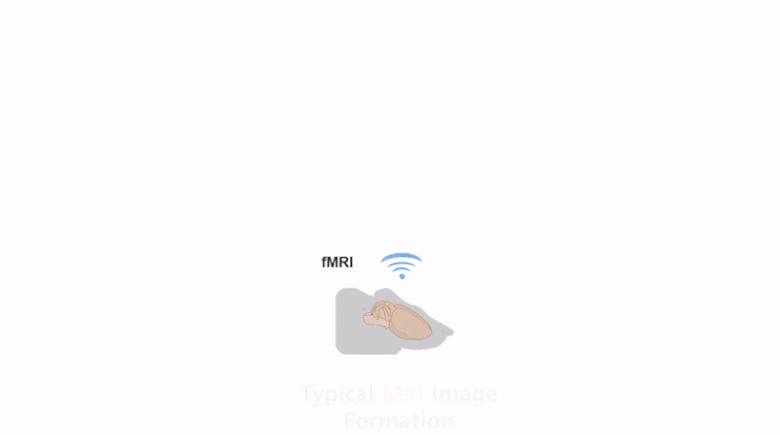
Simultaneous recordings of fMRI and electrophysiological signals, e.g. electroencephalography (EEG), electrocorticography (ECoG), and local field potentials (LFP), may help to bridge neural activity across various spatial and temporal scales. However, the MRI system is a hostile environment for recording bioelectric signals. Apart from MR-safety and compatibility, major bottlenecks are due to strong electromagnetic artifacts generated from the rapidly changing gradient fields and RF pulses. As a result, the recorded electrophysiological (EP) data is often unusable to researchers without specialized technical expertise. Here, we present a simple solution to addressing this challenge, by introducing an active and wireless device – MR-Link (Multimodal Recording Link). The device contains onboard coils, analog and digital circuits to detect the timing of gradient and RF changes. Utilizing this timing information, the targeted EP signal can be amplified and sampled discretely to avoid the EM artifacts. The device contains an onboard transmitter to send the recorded EP signals to the MRI receiver coil along with fMRI images. Thus, the device can operate locally and wirelessly, increasing the signal to noise ratio (SNR) while reducing the EM and movement artifacts. The recorder system was evaluated for efficacy and MR-compatibility through a series of in vivo experiments on a rat model by recording evoked potential from the forelimb somatosensory cortex during concurrent fMRI imaging.
MR-Link offers an inexpensive solution by eliminating the need for bulky amplifiers, high-speed sampling, additional storage or synchronization hardware. Furthermore, with the miniaturized and low powered design of the recorder, it is suitable to be wirelessly powered using the MRI. Thus, the continued development of this technology will pave the path for a fully MRI integrated system for both animal and human applications.

